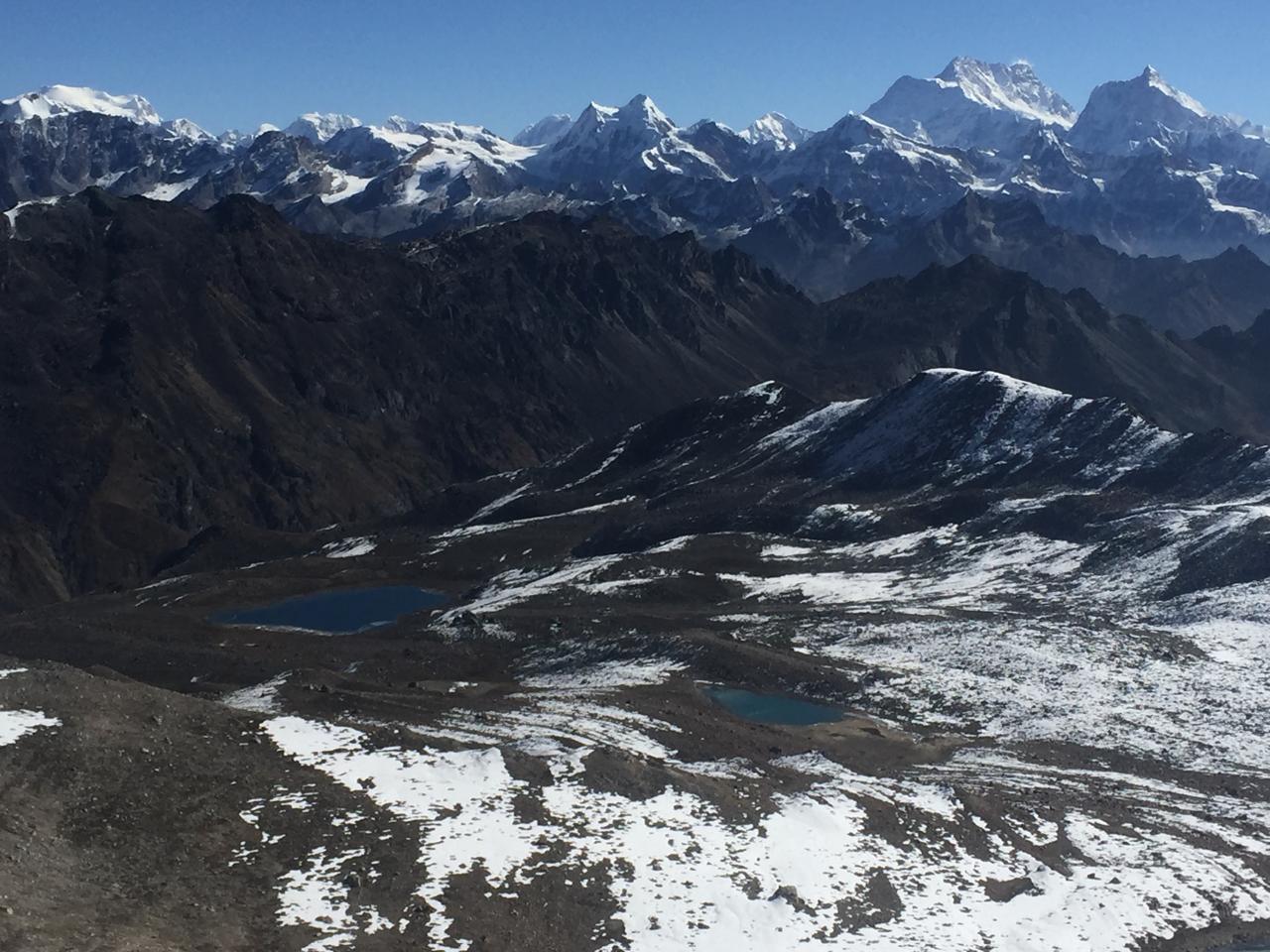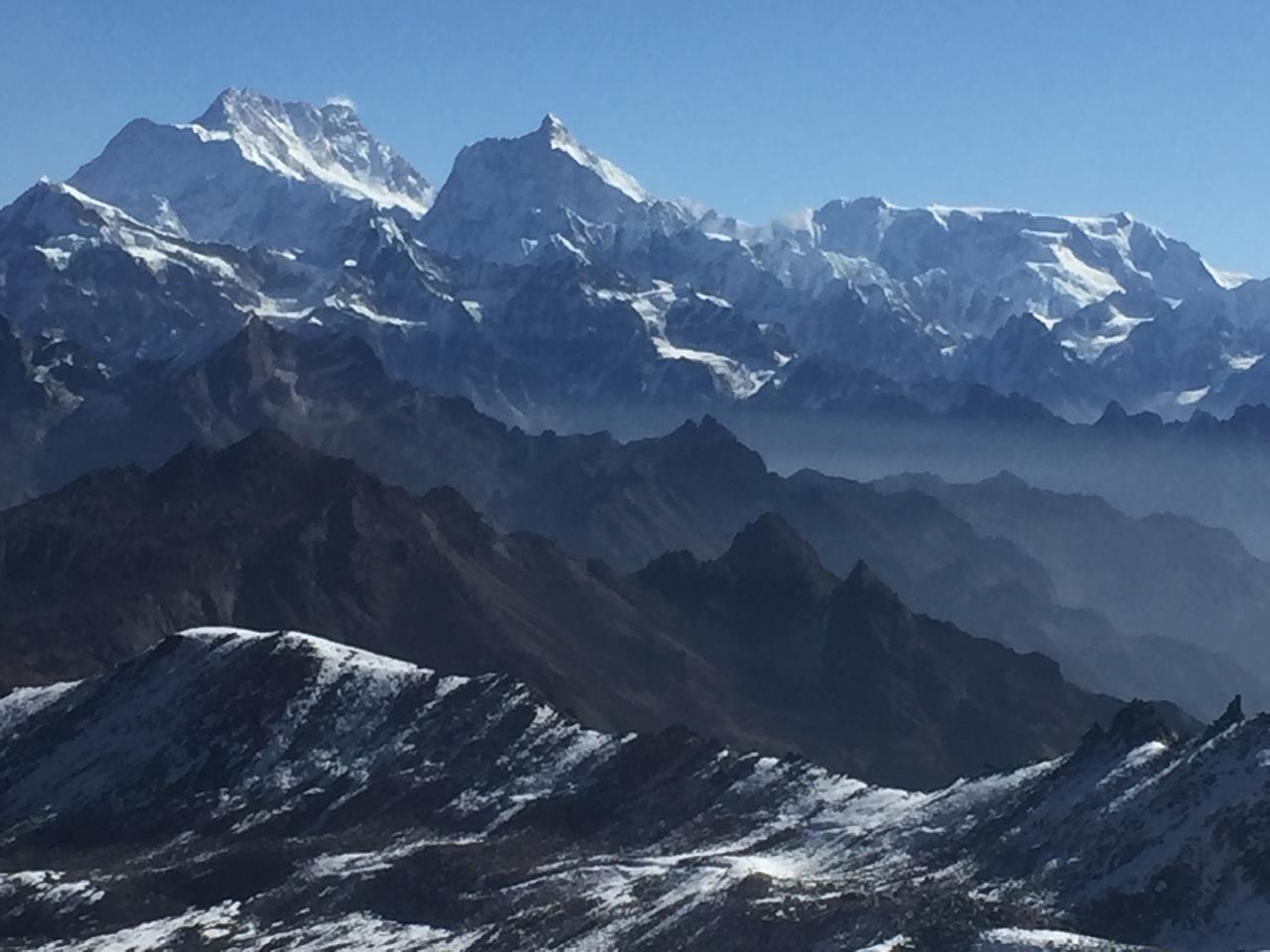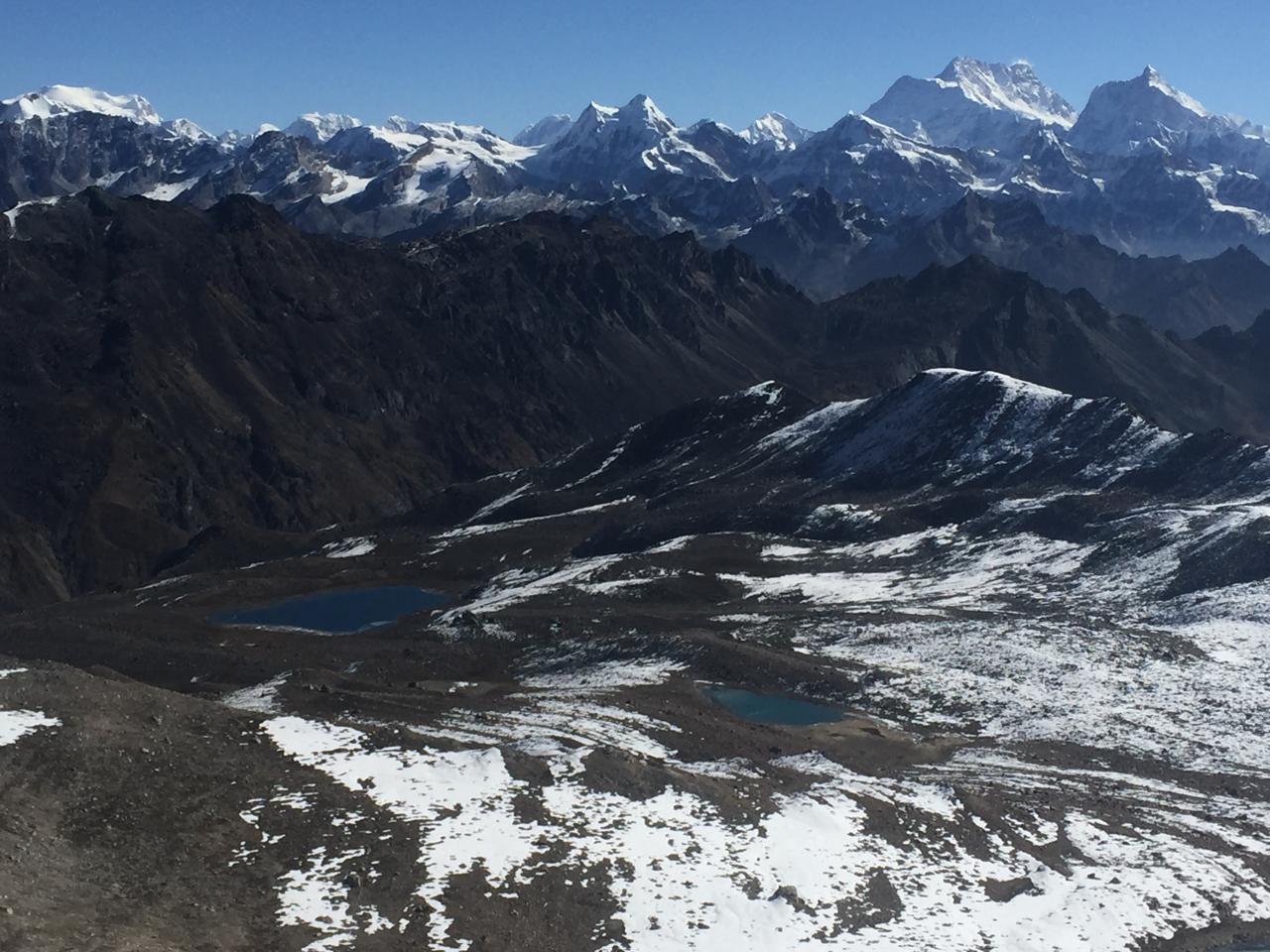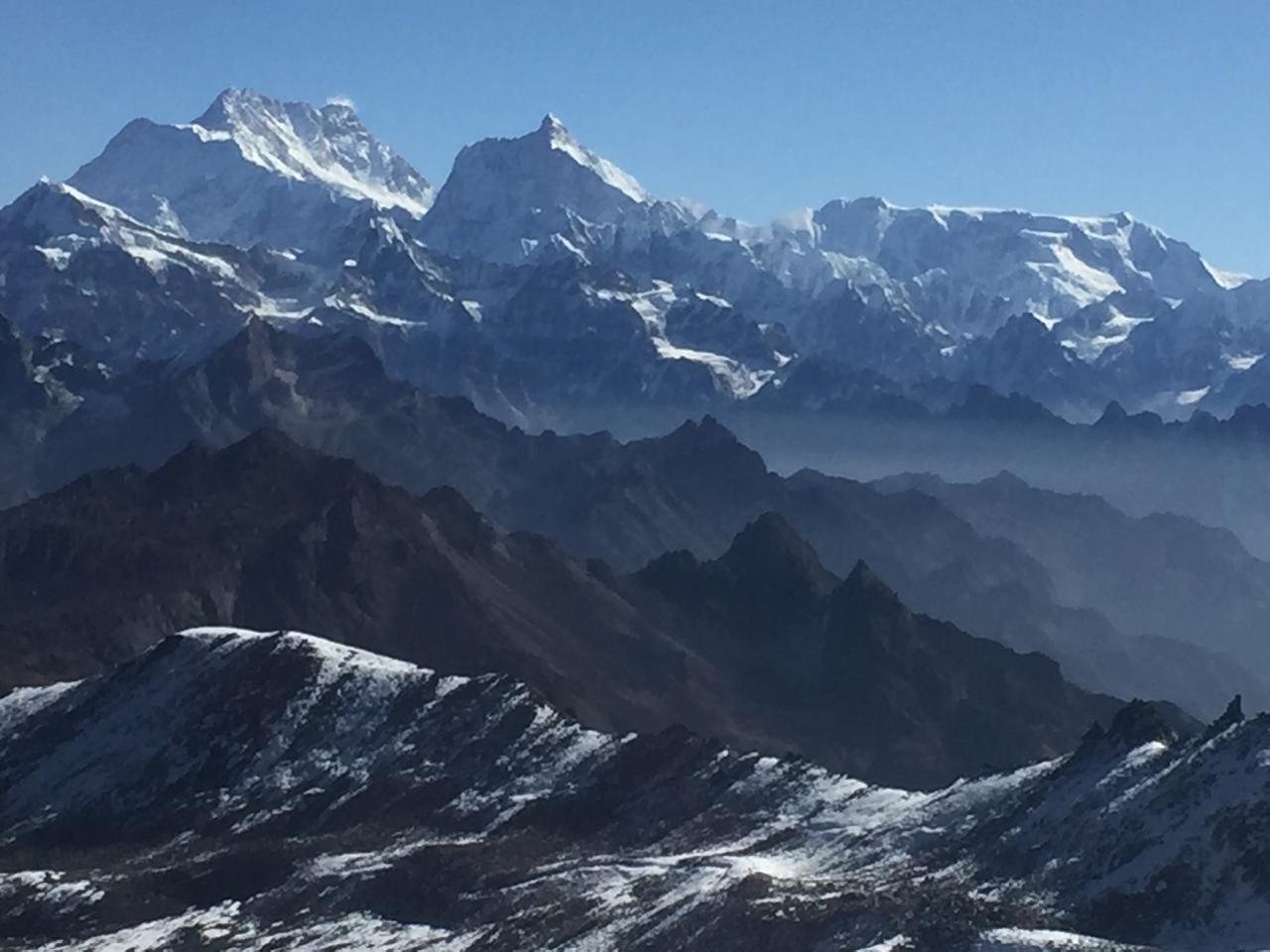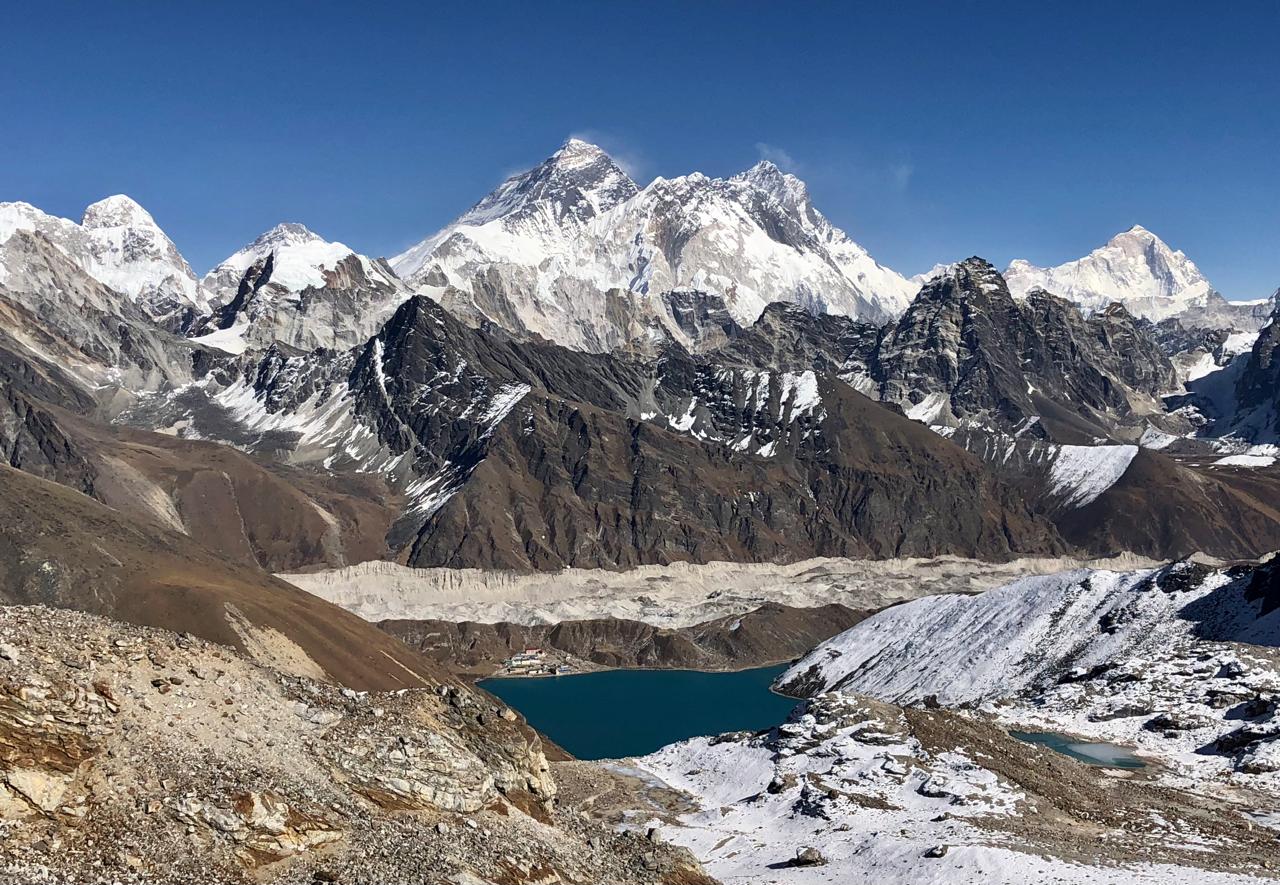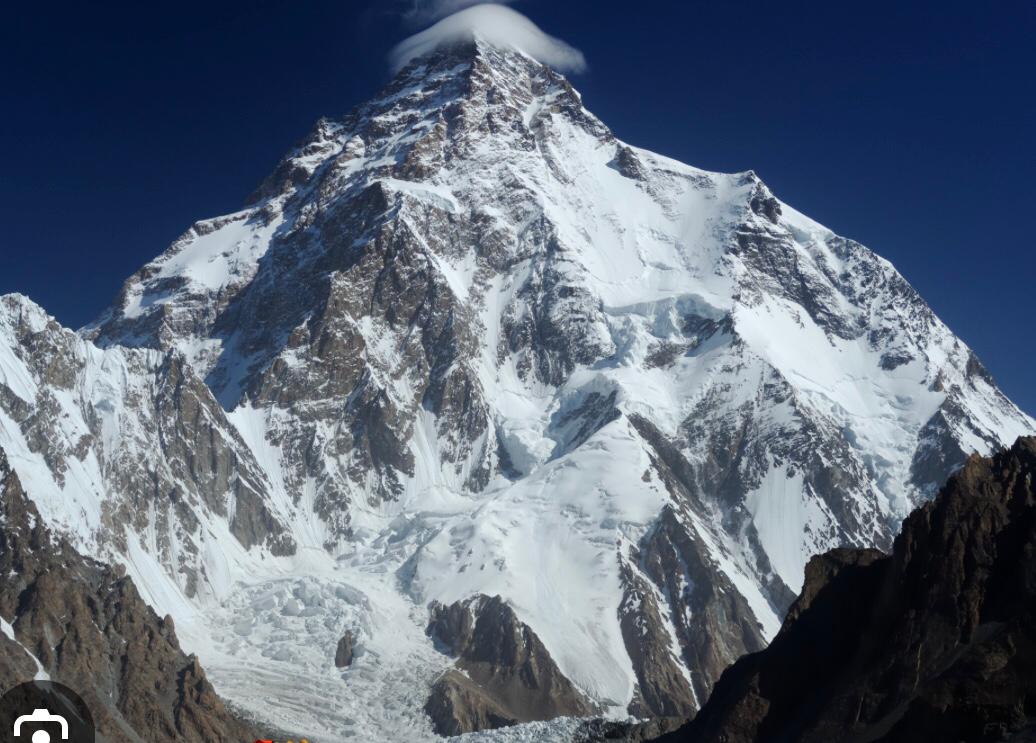The Kanchenjunga Expedition is a true test of endurance and skill, offering climbers an opportunity to conquer the world’s third-highest peak. Towering at 8,586m, Kanchenjunga is a sacred mountain straddling the Nepal-India border, known for its remote and challenging terrain. Unlike the more commercialized peaks, this expedition takes you deep into the wilderness, through pristine forests, isolated valleys, and high-altitude glaciers, making it one of the most rewarding mountaineering experiences.
Ticino Treks and Expedition provides an expertly guided journey to this formidable peak, ensuring the highest level of safety and support. With a dedicated team of seasoned Sherpa guides, climbers will have the best chance of successfully reaching the summit. The route follows the South-West Face, a highly technical climb requiring ice climbing, rock climbing, and high-altitude navigation. Throughout the expedition, our team ensures proper acclimatization, technical training, and logistical support to maximize success while prioritizing climber safety.
The expedition begins with a trek through the Kanchenjunga Conservation Area, where climbers encounter diverse wildlife, dense rhododendron forests, and breathtaking landscapes. As the journey progresses, the route becomes more rugged, leading to Kanchenjunga Base Camp before ascending through a series of high camps toward the summit. The final push takes climbers through a steep and icy ridge to the summit, offering a panoramic view of the Himalayas stretching into Tibet, Bhutan, and India.
Kanchenjunga is not just a climb, it is an adventure into one of the great mountaineering frontiers. For experienced climbers seeking a challenging, remote, and awe-inspiring ascent, this expedition provides an unparalleled experience. Join Ticino Treks and Expedition on this journey to one of the world’s most magnificent peaks.
Trip Notes:
Best Time to Visit:
-
Spring (March-April): Ideal weather conditions for trekking and climbing, with stable temperatures and clear skies.
-
Autumn (October-November): Another optimal window with favorable weather, offering excellent visibility and climbing conditions.
Expedition Highlights:
-
Kanchenjunga Base Camp (5,180m): The starting point of the expedition, offering breathtaking views of the surrounding peaks and glaciers.
-
Kanchenjunga Conservation Area: A UNESCO-listed site rich in biodiversity, home to rare species like the Red Panda and snow leopard.
-
Taplejung District: A culturally rich region in Nepal, where the trek begins, showcasing traditional villages and Sherpa culture.
-
North Col (7,200m): A challenging and technical section of the climb, featuring mixed rock and ice terrain.
-
Khangchendzonga National Park (India): A protected area on the Indian side of Kanchenjunga, known for its stunning landscapes and wildlife.
Climbing Route:
The most common route for summiting Mt. Kanchenjunga is the North Face Route, which involves:
-
Trekking through the Taplejung District and entering the Kanchenjunga Conservation Area.
-
Establishing Base Camp at 5,180 meters.
-
Navigating technical sections, including mixed rock and ice climbs to the North Col.
-
A steady 1,500-meter ascent to the summit, offering stunning views of the surrounding Himalayan peaks.
Difficulty Level:
This expedition is highly technical and physically demanding, requiring:
-
Advanced mountaineering skills: Ice climbing, glacier travel, and crevasse rescue.
-
Excellent physical fitness: Cardiovascular endurance, strength, and stamina.
-
Mental resilience: Ability to handle extreme altitude, harsh weather, and prolonged exposure to high-altitude conditions.
Key Challenges:
-
Altitude Sickness: Proper acclimatization is critical to avoid life-threatening conditions like HAPE or HACE.
-
Technical Terrain: The climb involves navigating steep ice walls, crevasses, and mixed rock and ice sections.
-
Weather Conditions: Sudden storms, high winds, and extreme cold can make the climb more perilous.
-
Remote Location: The expedition takes place in a remote region, requiring self-sufficiency and careful planning.
Training & Preparation:
-
Physical Fitness: Focus on cardiovascular endurance, strength training, and long-distance hiking.
-
Altitude Training: Acclimatize with climbs to high-altitude peaks like Island Peak or Mera Peak.
-
Technical Skills: Practice ice climbing, rope techniques, and glacier travel.
-
Mental Preparation: Develop resilience to handle extreme conditions and prolonged physical exertion.
Safety Considerations:
-
Avalanches: The region is prone to avalanches, especially near steep ice sections.
-
Summit Push: The final ascent requires careful planning, with attention to weather conditions and oxygen usage.
-
Climbing Equipment: Essential gear includes:
-
Climbing boots, crampons, and ice axes.
-
Harnesses, ropes, and helmets.
-
High-altitude sleeping bags and tents.
-
Supplemental oxygen for higher elevations.
Permits Required:
-
Kanchenjunga Conservation Area Permit: Required for entry into the conservation area.
-
Climbing Permit for Mt. Kanchenjunga: Issued by the government of Nepal.
-
TIMS (Trekkers’ Information Management System) Card: Issued by the Trekking Agencies’ Association of Nepal (TAAN).
Important Notes:
-
Physical Fitness & Experience: This is a highly demanding expedition, suitable only for experienced climbers with excellent physical and mental conditioning.
-
Weather & Conditions: Be prepared for extreme cold, high winds, and sudden weather changes.
-
Summit Timeframe: Summit attempts are typically made during the spring (April-May) or autumn (October-November) seasons, depending on weather conditions.
Environmental Responsibility: Follow Leave No Trace principles to preserve the pristine environment of the Kanchenjunga Conservation Area.
